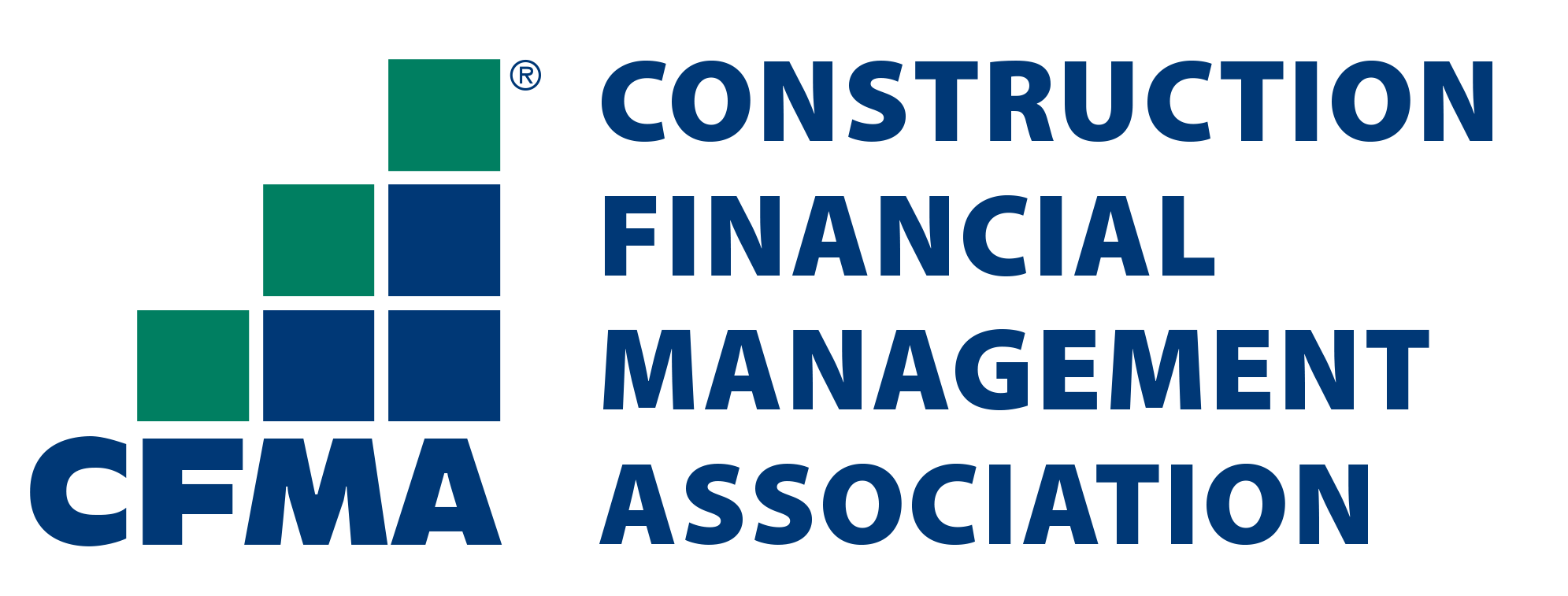
ESG Compliance in Commercial Real Estate: A Strategic Roadmap for Long-Term Success
- August 8, 2024
- OHI

Environmental, Social, and Governance (ESG) factors are no longer buzzwords in the commercial real estate sector. They are essential considerations that are shaping investment decisions, tenant preferences, and regulatory frameworks. ESG compliance is not merely a trend; it’s a strategic imperative for owners, developers, and investors who want to thrive in a rapidly evolving market landscape. This in-depth blog post will explore why ESG matters, delve into key aspects of compliance, and provide a roadmap for implementing effective ESG strategies.


The importance of ESG in commercial real estate is only going to increase. As climate change intensifies, social inequality persists, and stakeholders demand greater accountability, ESG compliance will become a non-negotiable requirement for success.
Those who embrace ESG principles will be well-positioned to attract capital, tenants, and talent. They will also be better equipped to navigate risks, reduce costs, and enhance their brand reputation. On the other hand, those who ignore ESG risk being left behind, facing higher costs, reputational damage, and missed opportunities.
ESG compliance is not just about doing good; it’s about doing well in the long run. It’s about creating value for all stakeholders, building resilience, and contributing to a more sustainable future. By integrating ESG principles into every aspect of their business, commercial real estate companies can position themselves for success in a rapidly changing world.
Contact us for a customized NO OBLIGATION proposal for outsourcing your accounting activities.









